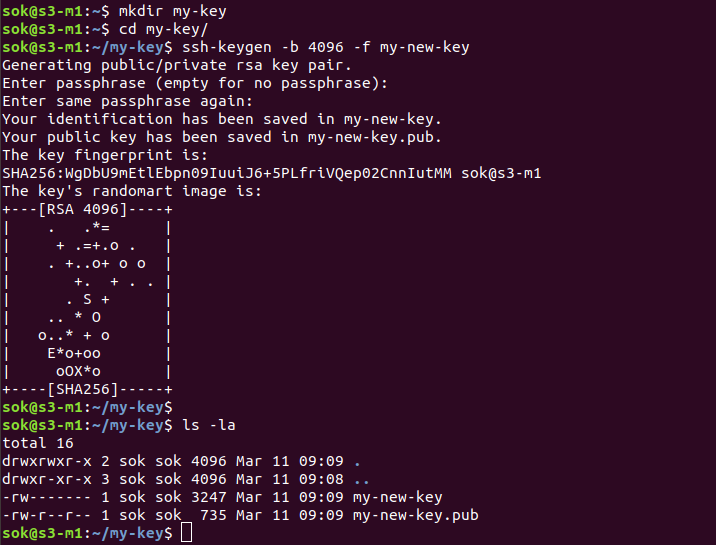On Ubuntu
Default config look like
root@zecurecode:~# cat /etc/network/interfaces
# This file describes the network interfaces available on your system
# and how to activate them. For more information, see interfaces(5).
# The loopback network interface
auto lo
iface lo inet loopback
# Source interfaces
# Please check /etc/network/interfaces.d before changing this file
# as interfaces may have been defined in /etc/network/interfaces.d
# See LP: #1262951
source /etc/network/interfaces.d/*.cfg
root@zecurecode:~#
/etc/network/interfaces.d/50-cloud-init.cfg is used to auto configure network interface with dhcp.
root@zecurecode:~# cat /etc/network/interfaces.d/50-cloud-init.cfg
# This file is generated from information provided by
# the datasource. Changes to it will not persist across an instance.
# To disable cloud-init's network configuration capabilities, write a file
# /etc/cloud/cloud.cfg.d/99-disable-network-config.cfg with the following:
# network: {config: disabled}
auto lo
iface lo inet loopback
auto ens3
iface ens3 inet dhcp
root@zecurecode:~#
First find the gateway used by the VPS.
root@zecurecode:~# route -n
Kernel IP routing table
Destination Gateway Genmask Flags Metric Ref Use Iface
0.0.0.0 51.254.32.1 0.0.0.0 UG 0 0 0 ens3
51.254.32.1 0.0.0.0 255.255.255.255 UH 0 0 0 ens3
root@zecurecode:~#
We found the gateway IP 51.254.32.1
The VPS had main IP of the server is 51.254.35.58 and secondary IPS 94.23.153.137, 178.32.52.159, 178.32.49.157
Here is the modified /etc/network/interfaces
root@zecurecode:~# cat /etc/network/interfaces
# This file describes the network interfaces available on your system
# and how to activate them. For more information, see interfaces(5).
# The loopback network interface
auto lo
iface lo inet loopback
# Source interfaces
# Please check /etc/network/interfaces.d before changing this file
# as interfaces may have been defined in /etc/network/interfaces.d
# See LP: #1262951
#source /etc/network/interfaces.d/*.cfg
auto ens3
iface ens3 inet static
address 51.254.35.58
netmask 255.255.255.255
broadcast 51.254.35.58
post-up route add 51.254.32.1 dev ens3
post-up route add default gw 51.254.32.1
post-down route del default gw 51.254.32.1
post-down route del 51.254.32.1 dev ens3
auto ens3:1
iface ens3:1 inet static
address 94.23.153.137
netmask 255.255.255.255
broadcast 94.23.153.137
auto ens3:2
iface ens3:2 inet static
address 178.32.52.159
netmask 255.255.255.255
broadcast 178.32.52.159
auto ens3:3
iface ens3:3 inet static
address 178.32.49.157
netmask 255.255.255.255
broadcast 178.32.49.157
root@zecurecode:~#
Here is a PHP script to create OVH failover IP config for Ubuntu/Debian.
https://gist.github.com/serverok/991f7ccd1be36cbc579e8d55caf39715

